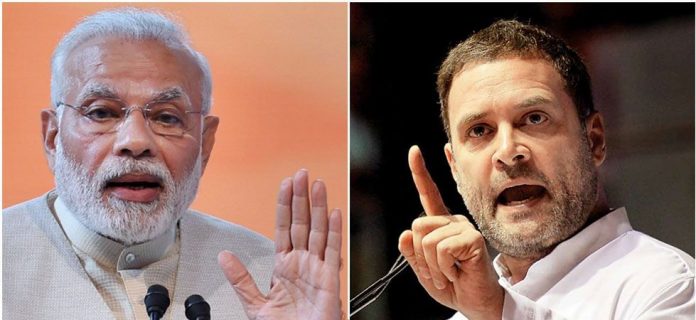For all you first-time voters, it is important to have basic background knowledge about the political parties contesting in the elections, in order to be able to make an informed decision. For this very purpose, refreshing upon a few basic facts and knowledge is a must.
Since a long time now, there have been two major political parties in India that hold immense power. They are the Indian National Congress commonly called as Congress and the Bhartiya Janata Party commonly called as BJP. However, there are many other national political parties too who have marked their strong presence in the Indian Politics.
Before talking about the parties, let us understand the role of the Election Commission.
The Election Commission of India is the administering body that carries out and administers the Lok Sabha, Rajya Sabha, Legislative Assembly, and Legislative Council elections. It maintains the decorum during the election period and ensures that the elections and activities related to it are carried out in the correct methodology. It fairly monitors the entire election process.
About Parties:
India mainly has two types of parties:
1. National Parties
2. State Recognised Parties
There are 7 national political parties that will be contesting elections this year. Let us have a look at them.
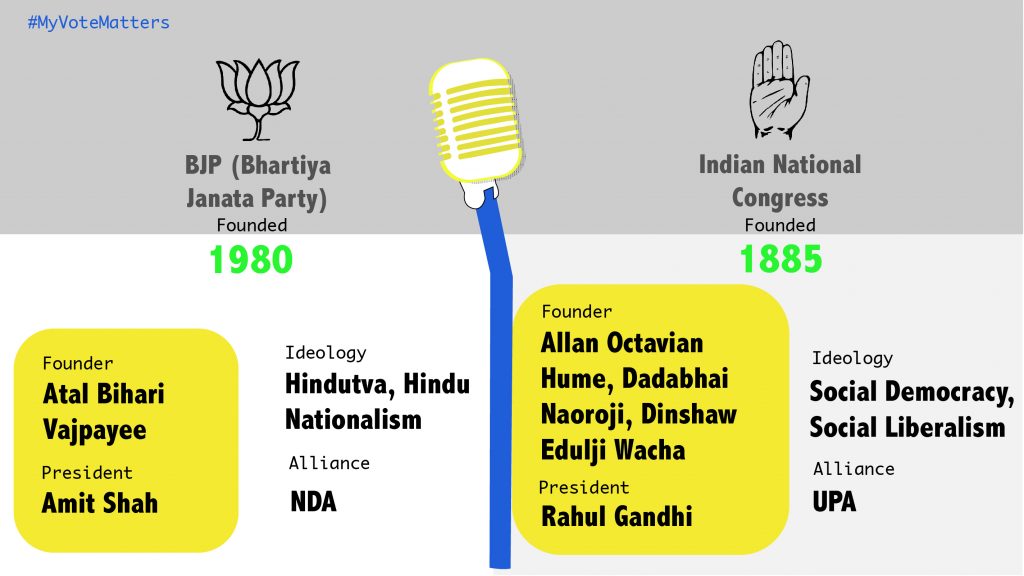
Bhartiya Janata Party: Running on the RSS ideology of integral humanism and Hindutva, the Bhartiya Janata Party emerged from the dissolution of the Bhartiya Jana Sangh in 1980. It was during the whole Ram Janmabhoomi Movement that the party started establishing its strength. Gradually, step by step the BJP started winning seats in the elections which resulted in it forming its first government in 1998 under the prime ministership of Atal Bihari Vajpayee. The BJP also formed the NDA (National Democratic Alliance) in 1998 along with 13 constituent parties. In 2004, BJP lost its rule and handed over the nation’s responsibility to Congress. For the next ten years BJP played the biggest opponent to the ruling government. However, in 2014 the ‘Modi wave’ swept the Congress from power and once again took over the reins of the Indian government. Currently, 18 states of India fall under the governance of BJP.
Indian National Congress: An oldest political party in India, the Indian National Congress was established in 1885. After gaining independence in 1947, the Congress won its first election in 1951 and formed the first government making Jawaharlal Nehru the first prime minister of India. Congress is a secular party that believes in uplifting every section of society. It has run the country’s government for a total of 49 years. Congress also found the UPA (United Progressive Alliance) in 2004 and currently is a coalition of 36 parties. Until the last general elections; Congress was the most powerful political party in India. In the 2014 Lok Sabha general elections
Communist Party Of India (Marxist): Commonly known as the CPI (M), this party is the largest communist party in India which was formed in 1964 after it parted ways with the Communist Party Of India. Its ideology is based on communism (Marxism and Leninism). Currently, the CPI (M) runs the government in Kerala and also has sitting members in the state legislative assemblies of Rajasthan, West Bengal, Tripura, Jammu and Kashmir, Maharashtra, Odisha, and Himachal Pradesh. This party was founded by M.N. Roy who was a radical activist and political theorist.
Communist Party Of India: Founded in 1925, the CPI is the oldest communist party in India. Currently though, the party seems to be going through a challenging time. Last general elections, it faced massive defeat, making it ineligible to be recognised as a national political party. The Election Commission has given the party one last chance to prove its power this election, failing which the CPI will no longer be recognised as a national party.
Bahujan Samaj Party: Popularly known as BSP, the party is the third largest political party in the nation. It was founded in the year 1984 and is headed by Mayawati, ex-chief minister of Uttar Pradesh. The party was founded by Kashi Ram and works majorly towards the betterment and development of the Scheduled Castes, Scheduled Tribes, and Other Backward Classes. It believes and operates on the philosophy laid down by Gautam Buddha, Mahatma Jyotiba Phule, Dr B.R. Ambedkar, Periyar, E. V. Ramasamy, Chhatrapati Shahuji Maharaj and Narayana Guru. BSP operates and is strongly established in the state of Uttar Pradesh.
National Congress Party: Established in 1999 by Sharad Pawar, P.A. Sangma, and Tariq Anwar, the NCP follows the ideology of Indian nationalism, secularism, and social justice which is similar to that of Congress. NCP has a strong presence in Maharashtra and Meghalaya. It has minimal presence in other states as well.
All India Trinamool Congress: The party founded in 1998 currently has36 seats in the Lok Sabha. It is headed by Mamta Banerjee, who is also currently the chief minister of West Bengal. The party is spread across the state of Kerala, Tripura, Assam, Manipur, Odisha, Sikkim, Tamil Nadu, Arunachal Pradesh, and Haryana.
There are other regional parties as well that operate in the states:
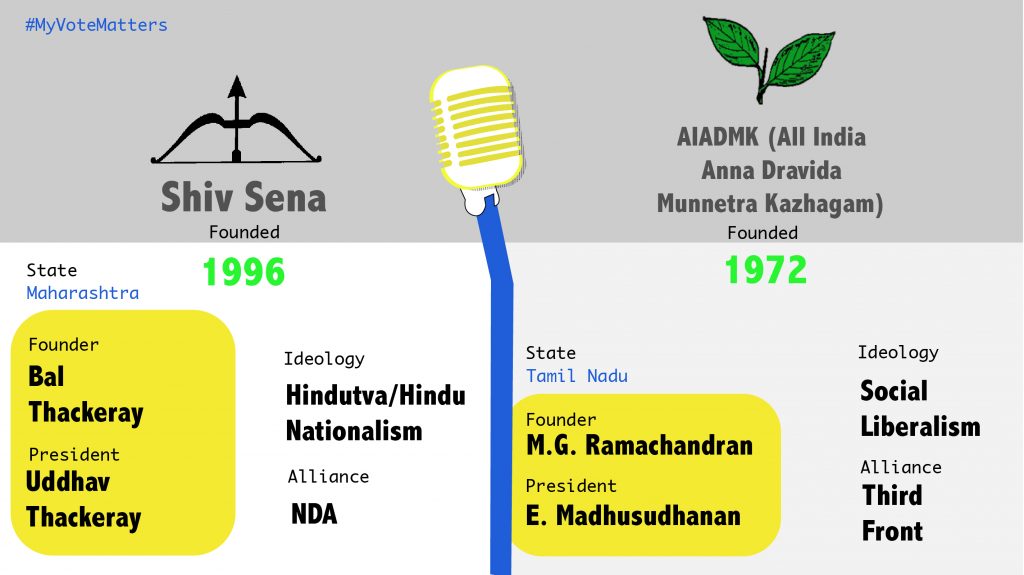
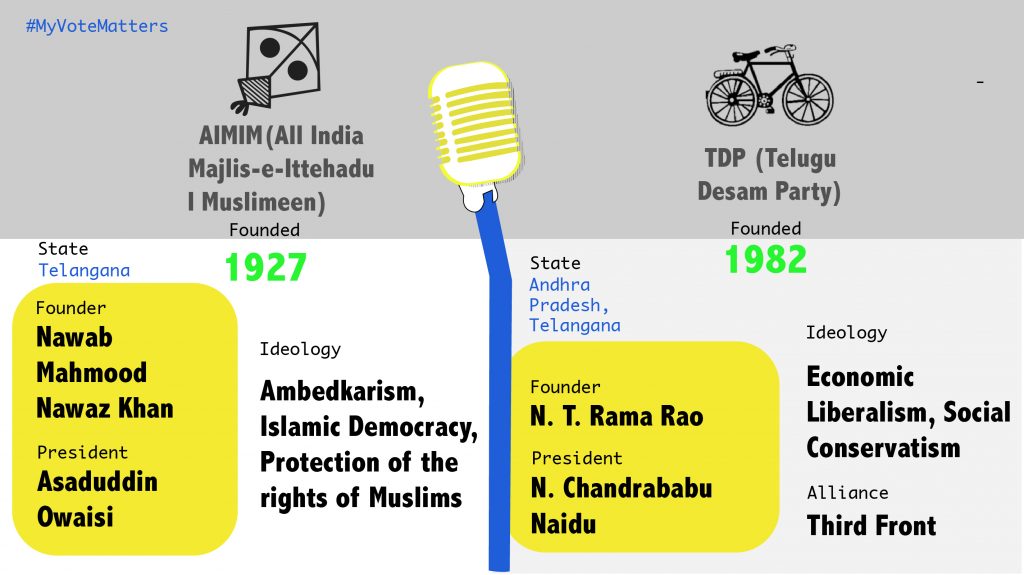
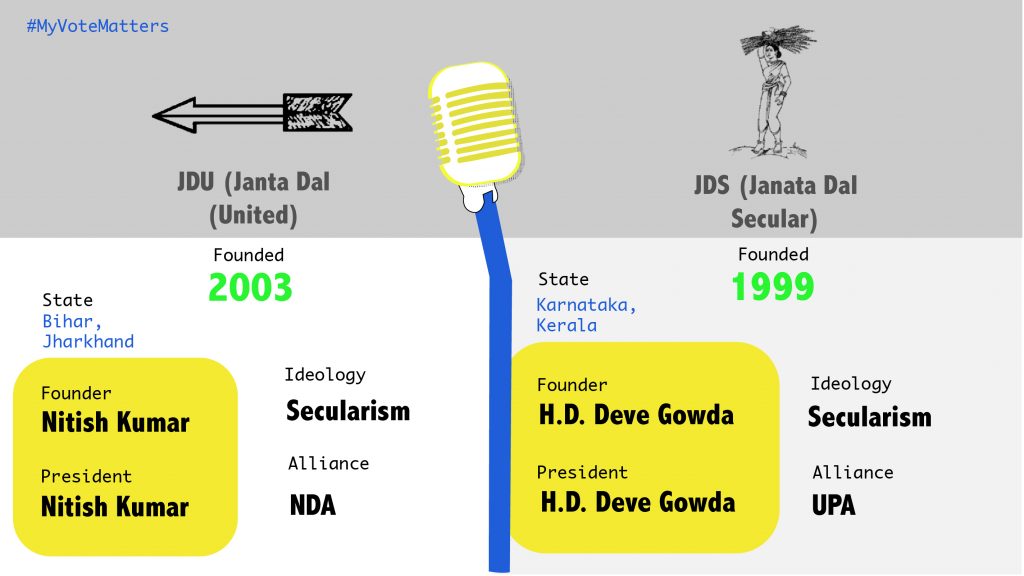
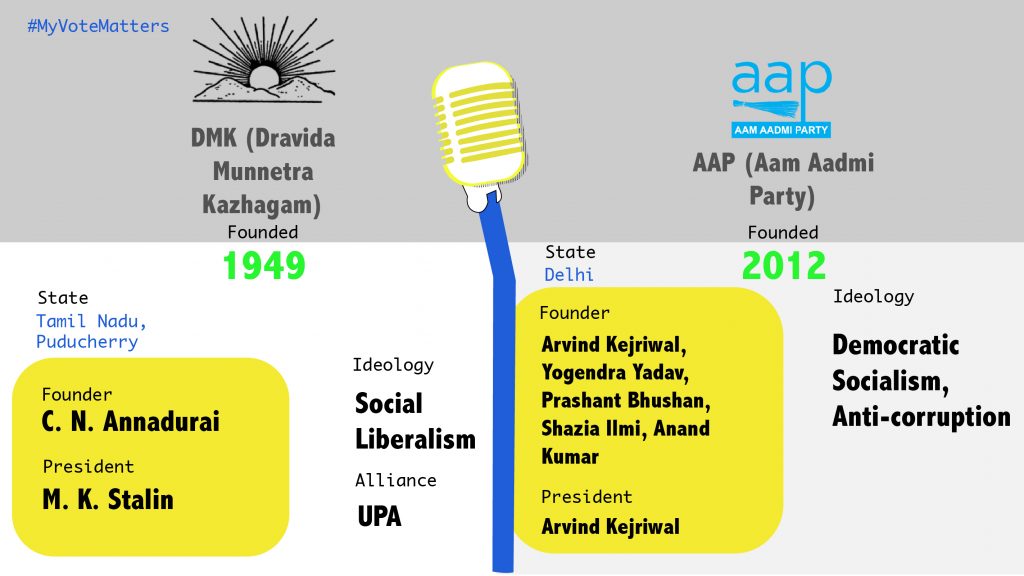
Two prime Faces To Look At As The Candidates For The Post Of Prime Minister.
Mr Narendra Modi
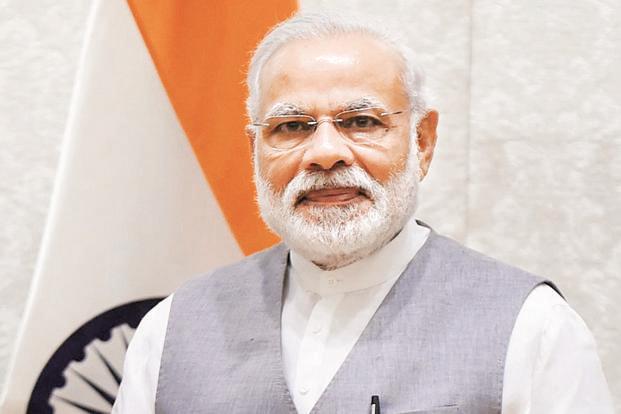
From being a chaiwallah to the chowkidar of the nation, Narendra Modi has come a long way. Currently, he is serving as the 14th prime minister of India. He was also the chief minister of Gujarat from 2001 until 2014. Narendra Modi joined the RSS at the age of 8 and since then has been a dedicated follower of its ideologies. In 1985, the RSS assigned Modi to BJP. From then, Modi became a part of the party and kick-started his political career. The state, under his governance, experienced massive developments in fields of agriculture, environment, power distribution, etc. After he became the prime minister, India witnessed great events like demonetisation, implementation of GST, Uri Surgical Strikes, Make In India movement, the launching of the ASAT, etc. Just like the last general elections, this time too, Narendra Modi is all set to become the prime minister of the country once again.
Mr Rahul Gandhi
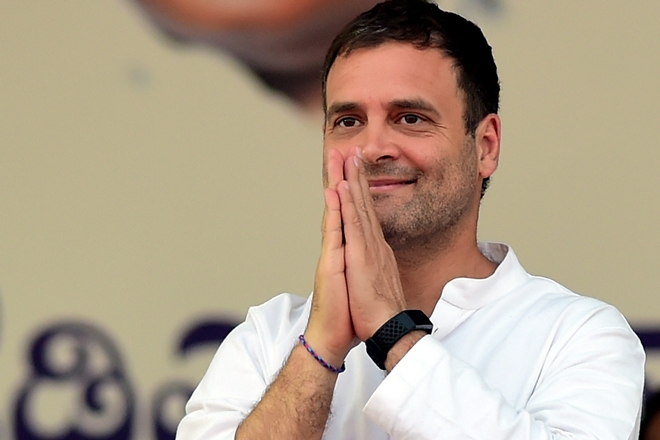
Coming from a long line of Indian political royalty with Indira Gandhi as his grandmother and Rajiv Gandhi and Sonia Gandhi as his parents, a lot of political pressure is on Rahul to prove himself. This fair/unfair pressure on him has taken him on a ride from being a ‘pappu’ to a 2019 prime ministerial candidate. Rahul Gandhi entered politics in 2004 and contested general elections from Amethi, Uttar Pradesh. He also gained victory not just in 2004, but also in 2009 and 2014. In 2013, he was elected as the vice president of Congress and in 2014, led the campaign for Lok Sabha general elections. Unfortunately, the Indian National Congress lost the elections. In recent times however, Rahul Gandhi has been growing strong after the congress’s impressive performance in the last Gujarat election. He has also been picking up valid points against the BJP government that revolve around the Rafael deal. By far, he has been the only political leader who has been questioning the Modi government on issues that concern the nation. With immense self-improvisation and efforts been put, it will be interesting to see what the Indian politics has next on the menu to offer to Rahul Gandhi.
To make a voting decision, you also need to know how well the current BJP government has served the nation. Watch this space to find out more.





















